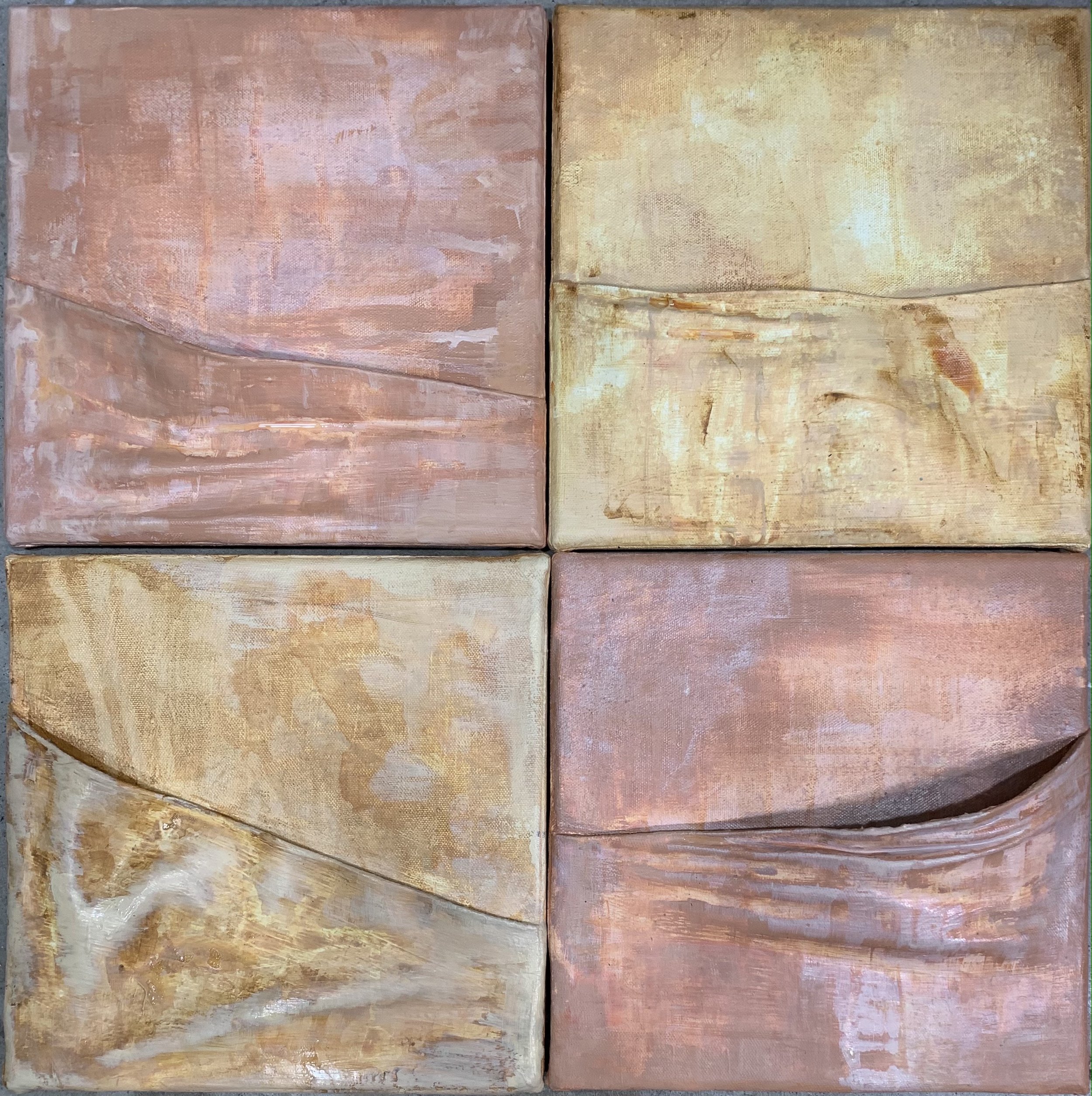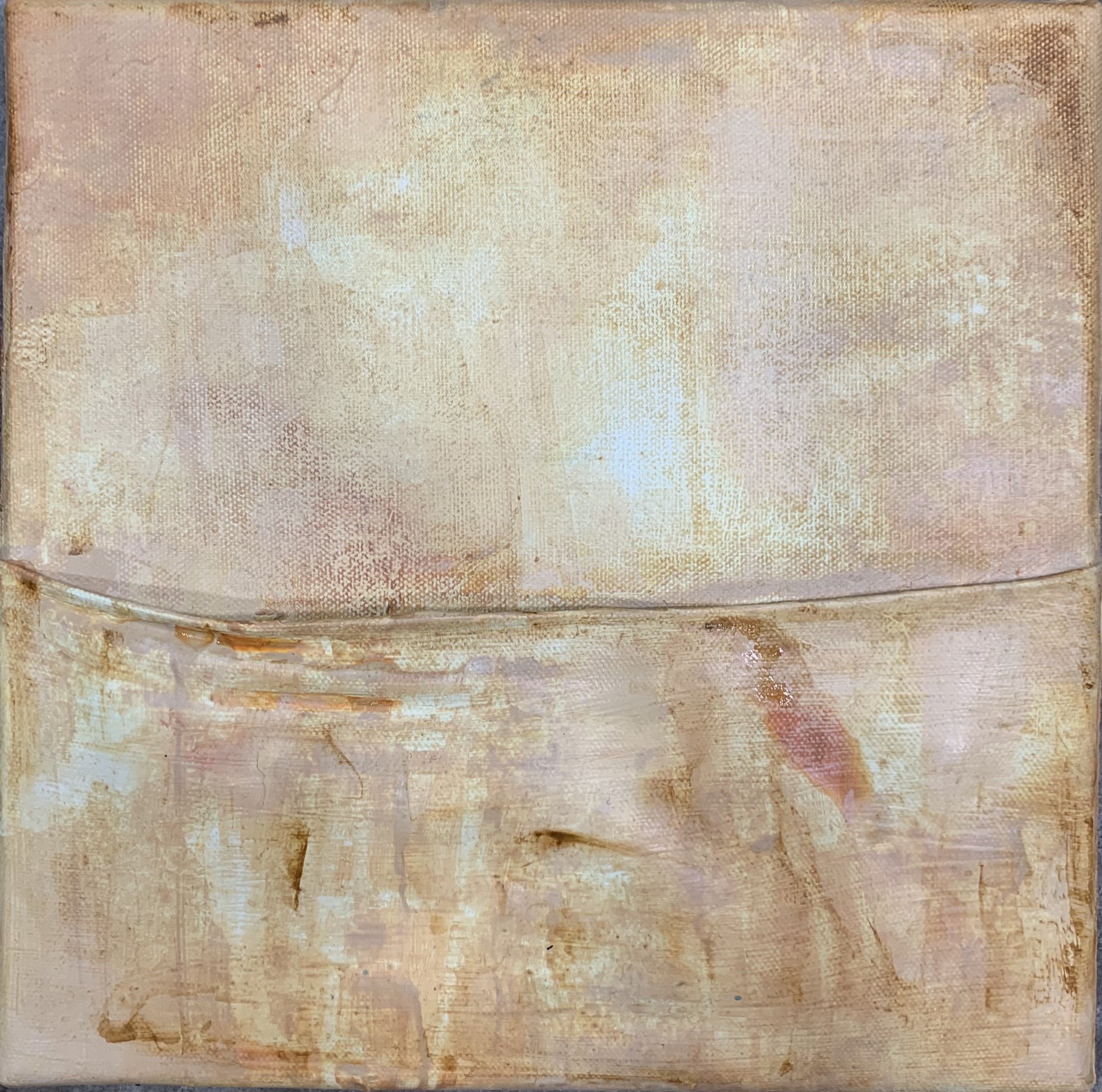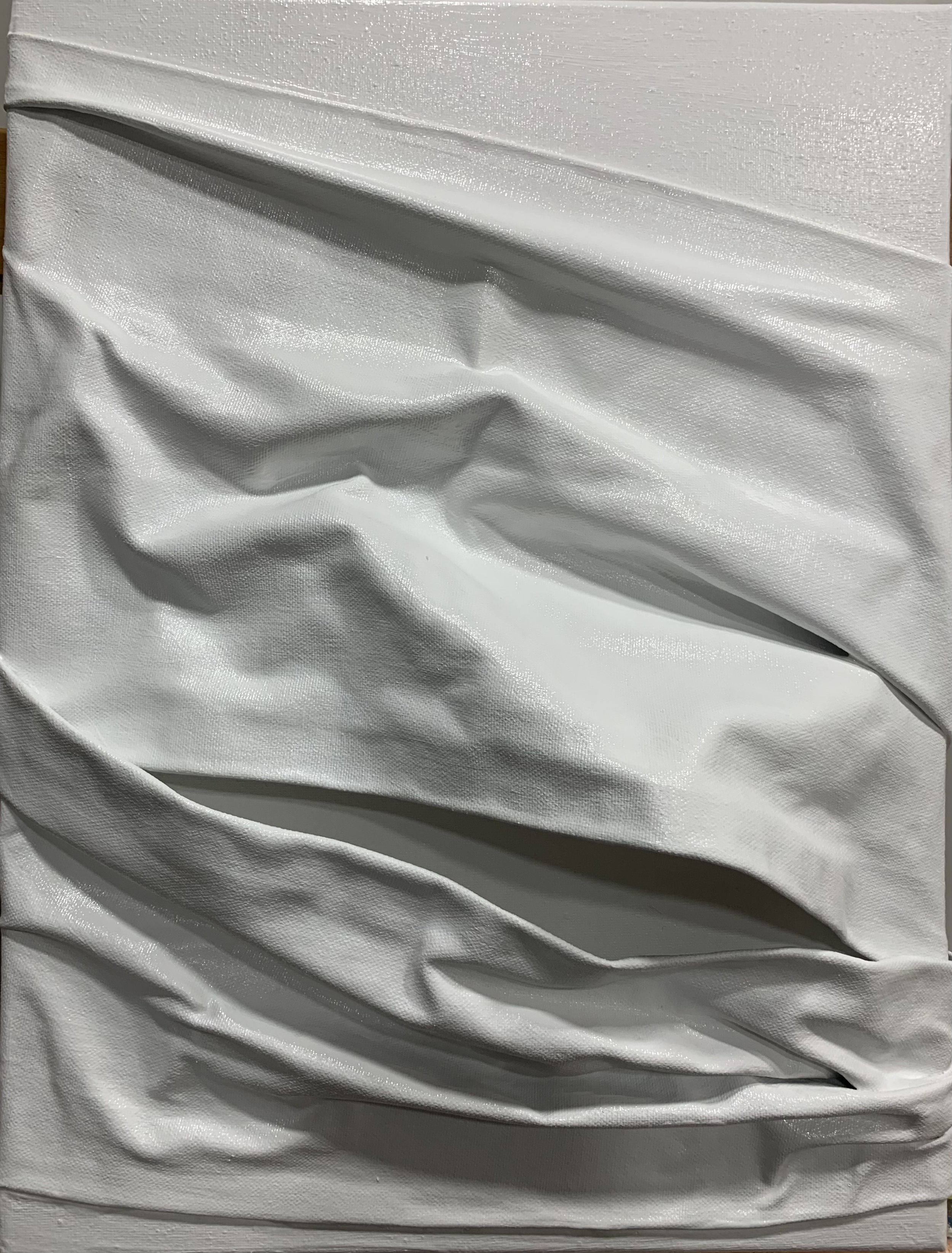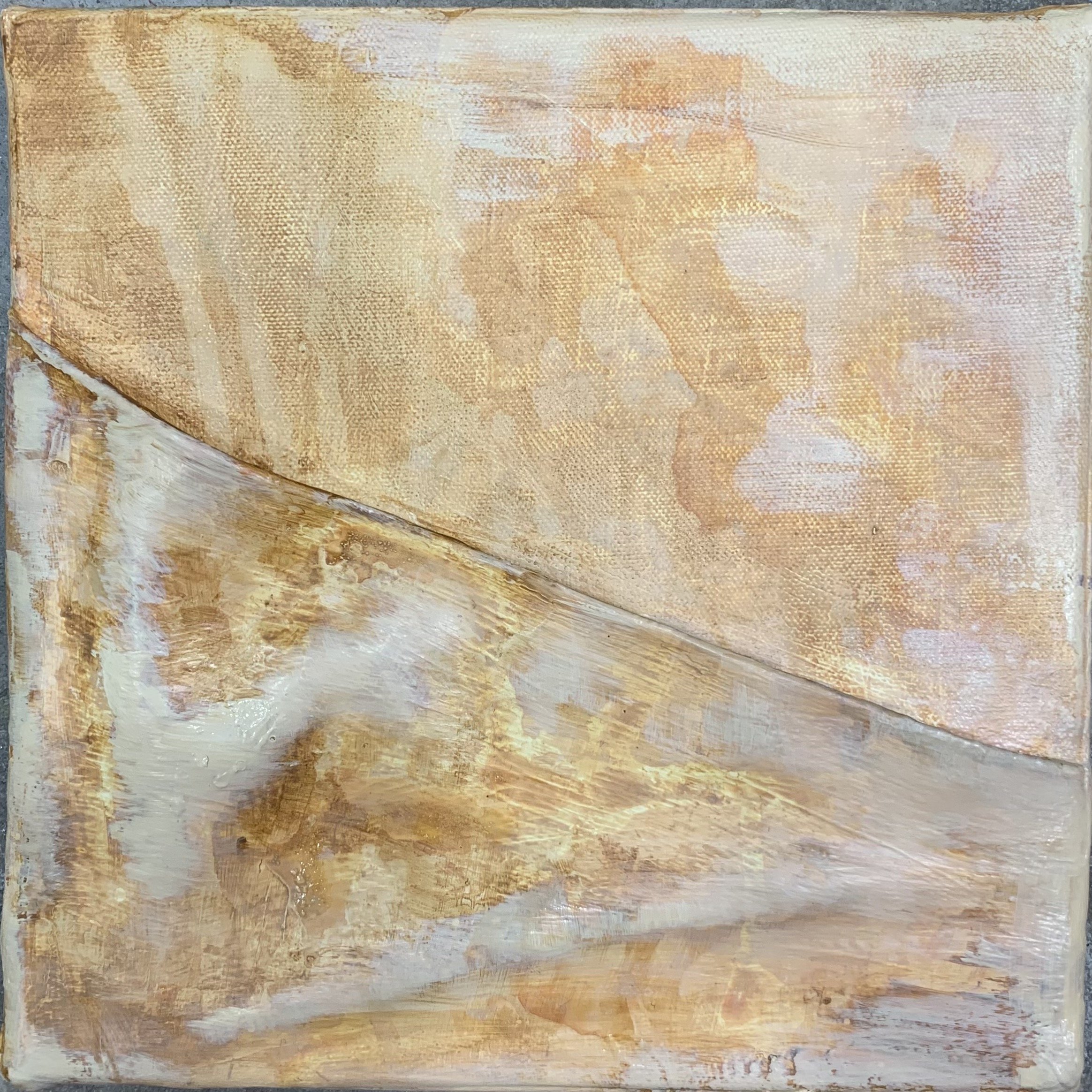The "Pockets" series reflects on the historically oppressive nature of Women's Fashion and how dominant ideologies such as patriarchy serve to enforce this oppression.
The piece reflects on one aspect of women's clothing which has been historically lacking: pockets. Pockets are private space that give us freedom to move around with greater ease in the public sphere. Take away the privacy that a pocket affords and you limit autonomy, personal safety, and agency. A pocket is secure, it cannot be ripped from your body. A purse is on display and because it is more easily taken from you it also makes you a target. Pockets allow you to securely carry private messages (on your phone or written), carry personal identification, and carry items that reinforce personal safety and security (like your car keys and credit cards). However, accessibility is not the only issue, functionality comes into play. Does it matter if your clothes even have pockets, if the pockets are too small to be functional or decorative elements that are sewn shut- this is often the case with women's clothes. Any wearer, regardless of gender, that wears clothes designed for women can see the difference in functionality between Women's, Men's, and Gender Neutral clothing (hint, it's in the pockets!)
Historically, pockets have been absent from Women's clothing and suffered from a lack of functionality, which is tied to oppression and patriarchy. In Western society you can track the rise of functional pockets along with the rise of autonomy and rights for women. It's no surprise that around the time of the First Wave Feminist Suffrage Movement of the early 1900's (see the 6 Pocket Suffragette Suit) and Second Wave Feminist Movement of the 60's and 70's (see the Patch Pocket Safari Shirt and Jumpsuit) there was an explosion of pockets on women's garments. Pockets= power, in a nutshell.
Pockets I, 2020 Acrylic on Sculpted Canvas 16x20
Flooded Quadriptypch, 2021 Acrylic on Sculpted Canvas 20x20
Flooded II, 2020 Acrylic on Sculpted Canvas 10x10
Labor II, 2023 Acrylic on Sculpted Canvas 20x20
Duress, 2022 Acrylic on Sculpted Canvas 18x24
Deep Pockets, 2022 Acrylic on Sculpted Canvas 18x24
Flooded I, 2021 Acrylic on Sculpted Canvas 10x10
Flooded III, 2021 Acrylic on Sculpted Canvas 10x10
Labor, 2022 Acrylic on Sculpted Canvas 12x16
Flooded IV, 2021 Acrylic on Sculpted Canvas 10x10









